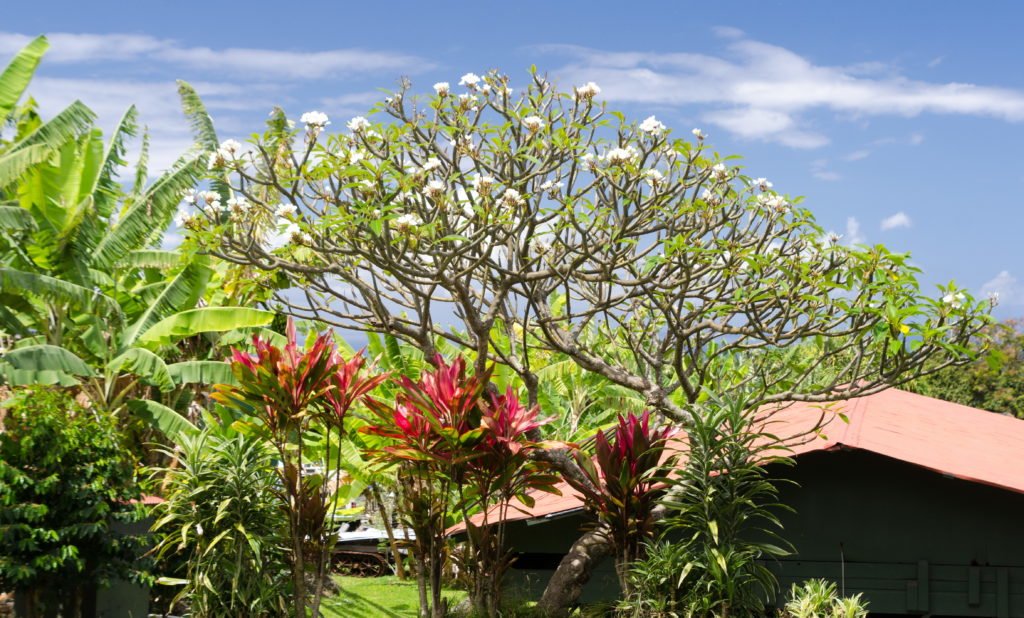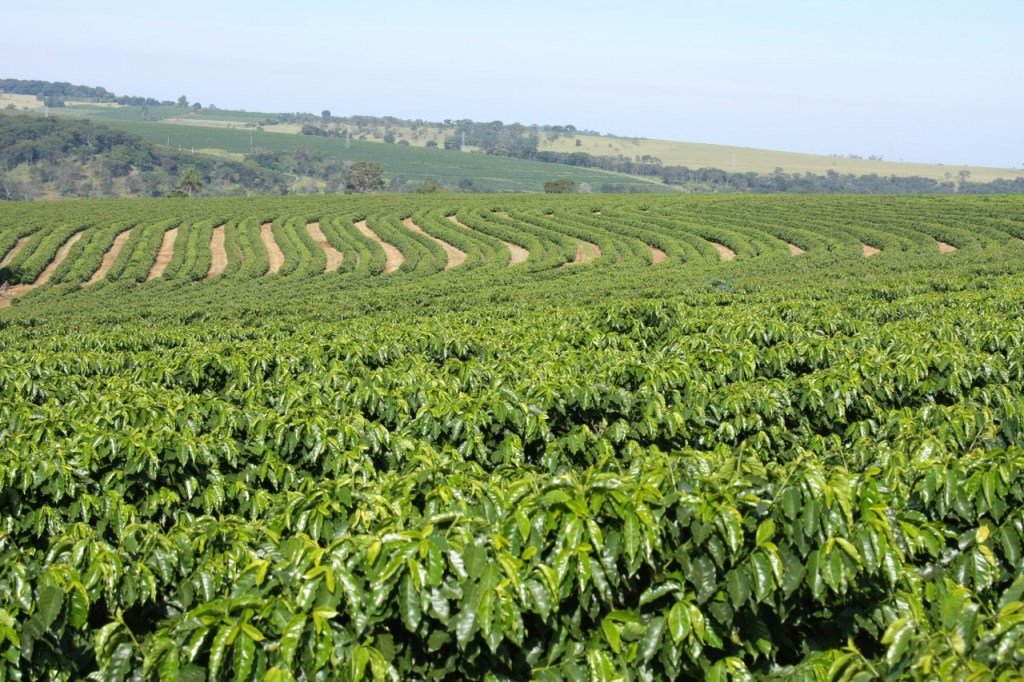While coffee has been a staple in the American diet since the 1960s, it’s only recently that we’ve begun to learn and recognize the origins of our beans. In spite of the newfound clarity, coffee’s production can still be a mystery, especially with constants like “French Roast” or “Sumatra Blend” popping up in the market. Figuring out our favorite roast’s origins is a trying task; however, learning about the place and process that make our favorite brew can provide much-needed enlightenment about what’s worth our support.
While there’s occasionally talk about origins and sourcing, even the most passionate coffee drinkers may have trouble recognizing a coffee tree. There’s a good reason for this — the majority of the world’s coffee is unique to the coffee belt.

Coffee drinkers often have a preference for notes and flavors. While many of those factors are attributed to the roasting process, the bean and drying process are just as crucial. What many of us know as coffee beans are the pits of coffee cherries. These fruits require specific conditions to be cultivated. That includes a warm, moist environment to help them thrive, as well as sunlight and rich soil. Given the state of our planet’s climate geography, this leaves a very exclusive locale to grow the Earth’s supply of coffee.
The coffee belt is the region running along the equator, housing warmer environments than anywhere else on earth. Countries such as Colombia, Indonesia, and Ethiopia, to name a few, are able to provide adequate rainfall and heat to cultivate a variety of coffee crops.
Unfortunately, the coffee belt is not without its social and economic problems. Many of us are aware of these issues, but it’s worth noting that rainforest deforestation and conflict coffee are the two most prominent issues in the coffee belt. While there’s no clear solution for either problem, there is a clear source.

The bean belt, as the region is also often referred, is host to a number of developing communities in need of financial support. Inattentive infrastructure design often leaves local farmers willing to clear rainforests in order to increase their profits. Unfettered geographic access usually leaves these locals vulnerable and in need of protection against rebel groups that seek to take over the area. But how do we, as consumers, know what’s right to support? Many of us have already found answers.
Fair trade coffee has been a huge shift for a lot of burgeoning coffee fanatics. Introduced in 1988, the idea of fair trade was to price coffee accordingly in order to distribute the income accordingly. It ensures that farmers are maximizing the profits they can make for their labor and land, and it’s the most effective way to combat the wage gap between farmers and distributors that seems to be causing the subsequent conflicts. While harder to find, fair-trade beans can also be locally roasted, sometimes even here in America. Overall, it’s the responsible consumers’ choice to help to alleviate issues in and around the bean belt.

BRCC and Bad Moon Print Press team up for an exclusive, limited-edition T-shirt design!
BRCC partners with Team Room Design for an exclusive T-shirt release!
Thirty Seconds Out has partnered with BRCC for an exclusive shirt design invoking the God of Winter.
Lucas O'Hara of Grizzly Forge has teamed up with BRCC for a badass, exclusive Shirt Club T-shirt design featuring his most popular knife and tiomahawk.
Coffee or Die sits down with one of the graphic designers behind Black Rifle Coffee's signature look and vibe.
Biden will award the Medal of Honor to a Vietnam War Army helicopter pilot who risked his life to save a reconnaissance team from almost certain death.
Ever wonder how much Jack Mandaville would f*ck sh*t up if he went back in time? The American Revolution didn't even see him coming.
A nearly 200-year-old West Point time capsule that at first appeared to yield little more than dust contains hidden treasure, the US Military Academy said.












